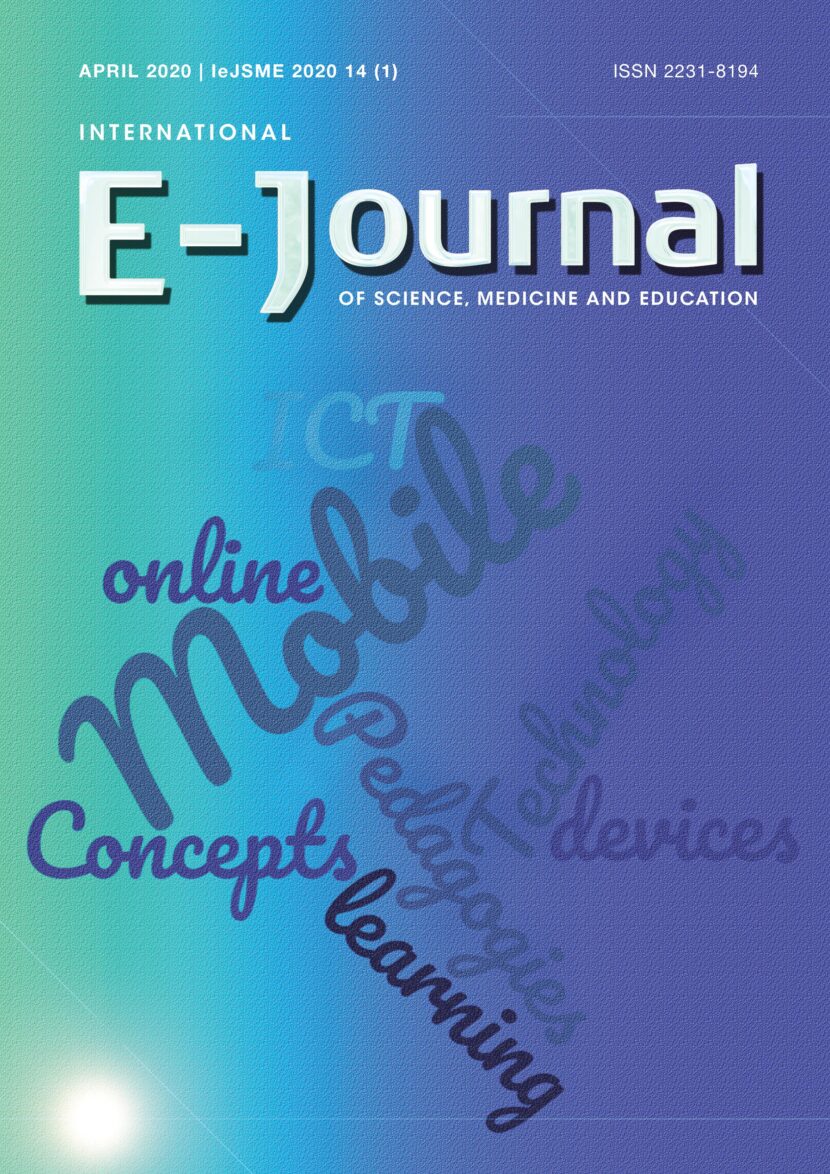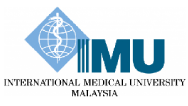Authors: Sarvesh Seger, Chen Giap Tee, Samin Uddin, Wen Han Sia, Mie Aye Lwin.
ABSTRACT
Introduction: Depression is a debilitating illness and has become a leading cause of disability worldwide. According to the National Health Survey IV, the prevalence of lifetime depression was 2.4% and current depression was 1.8%. In a review article published by the Department of Psychological Medicine, University of Malaya, the prevalence of depression in Malaysia was estimated to be between 8% and 12%. A cross-sectional study carried out in Selangor, Malaysia showed that 10.3% of adults aged 18 and above suffered from depression. Depression carries dire societal and health-related consequences that affect both the individual and the community as a whole, and is potentially a chronic illness with high morbidity, rate of relapse and recurrence. This study was performed to identify the prevalence of depression and factors associated with it.
Method: A cross-sectional study was done on 354 Malaysian adults above the age of 18 residing in the district of Mantin, Malaysia. Non-Malaysians and people with known-depression were excluded. A questionnaire was developed to detect the sociodemographic factors and Patient Health Questionnaire 9 (PHQ-9) was used
to screen for depression.
Results: The proportion of the participants shown to score mild to major depression was 44.4%. Higher prevalence was found in individuals who were males (45.2%), in the age group of 38 years and below (48.3%), Malays (45.5%), having low levels of income (46.0%), having lower levels of education (45.7%), not married (48.1%), a parent (45.3%), having positive family history of depression (60%) and suffering from chronic illnesses (48.4%). Satisfaction with family members was a strong and independent factor associated with depression (OR 3.051, CI 1.445-6.444, p-value 0.002).
Conclusion: The prevalence of depression in the study population of Mantin was high and significantly associated with family satisfaction. Creating awareness regarding depression in this community is recommended. Projects and programmes encouraging individuals to connect with the family should be considered. In addition, policies should be put in place to promote more family time in the community.
Keywords: Depression, prevalence, associated factors, PHQ-9, Malaysia.
Citation: IeJSME 2019 13(1): 4-14
DOI: https://doi.org/10.56026/imu.13.1.4


